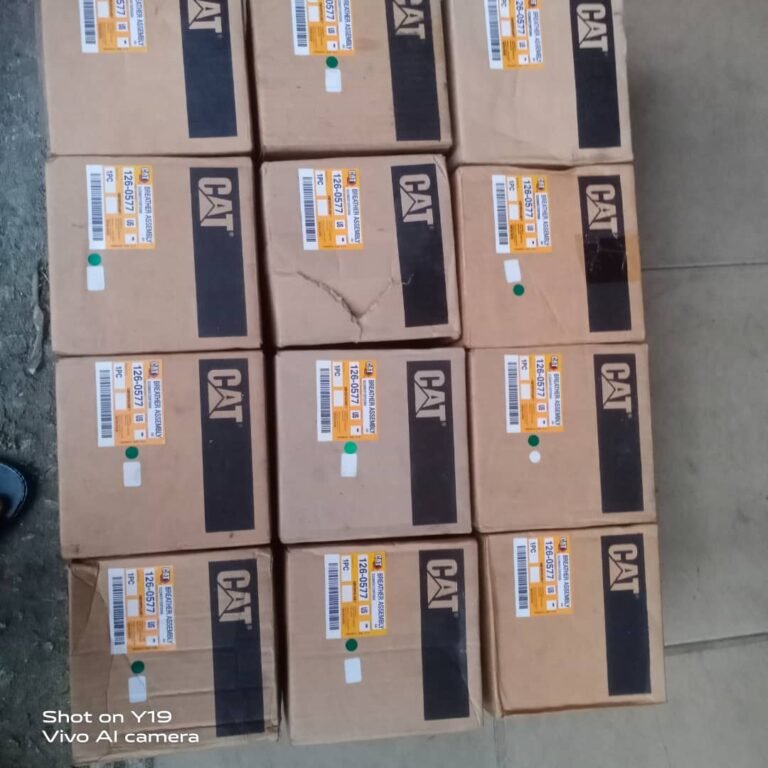Weak or undercharged starting batteries are a common cause of standby power system failures. The battery must be kept fully charged and well-maintained to avoid dwindling by regular testing and inspection to know the current status of the battery and avoid any start-up hitches of the generator. They must also be cleaned; and the specific gravity and electrolyte levels of the battery checked frequently.
- Testing batteries: Merely checking the output voltage of the batteries is not indicative of their ability to deliver adequate starting power. As batteries age, their internal resistance to current flow goes up, and the only accurate measure of terminal voltage must be done under load. On some generators, this indicative test is performed automatically each time the generator is started. On other generator sets, use a manual battery load tester to attest the condition of each starting battery.
- Cleaning batteries: Keep the batteries clean by wiping them with a damp cloth whenever dirt appears excessive. If corrosion is present around the terminals, remove the battery cables and wash the terminals with a solution of baking soda and water (¼ lb baking soda to 1 quart of water). Be careful to prevent the solution from entering the battery cells, and flush the batteries with clean water when finished. After replacing the connections, coat the terminals with a light application of petroleum jelly.
- Checking specific gravity: In open-cell lead-acid batteries, use a battery hydrometer to check the specific gravity of the electrolyte in each battery cell. A fully charged battery will have a specific gravity of 1.260. Charge the battery if the specific gravity reading is below 1.215.
- Checking electrolyte level: In open-cell lead-acid batteries, verify the level of the electrolyte at least every 200 hr of operation. If low, fill the battery cells to the bottom of the filler neck with distilled water.
Have a productive week.
Signals Innovation
Your caterpillar spares parts plug.

